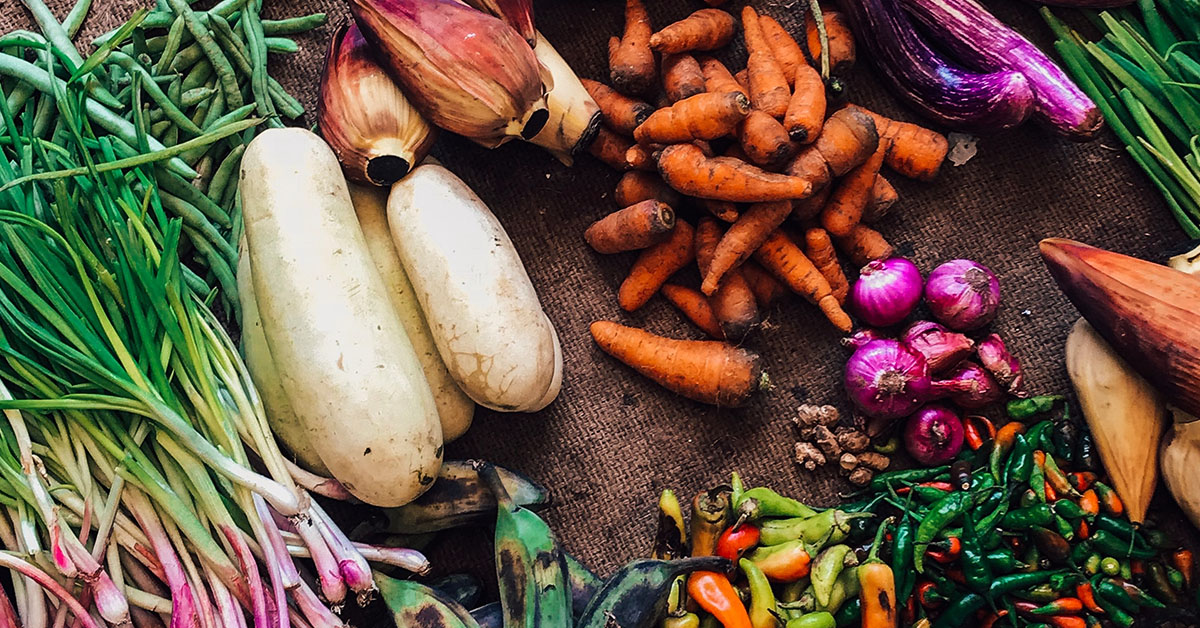Some brands live their values with exceptional resolve and impact. A case in point: Flashfood.
Each year, 80 million tons of food wind up in America’s landfills—not just table scraps and half-eaten lunchmeat sandwiches, but fresh, edible fare discarded by stores and restaurants as it nears its best-if-used-by date. Josh Domingues had never given the matter much thought until a phone conversation with his sister Polly seven years ago changed that—and changed his life.
“She was a chef and told me she’d just thrown out $4,000 worth of food from a catered event,” he says. “At first I thought it was a joke; then I was shocked.”
And then he got to thinking: Instead of tossing all that food, what if there was a way for people to purchase it at a deep discount?
He spoke to hundreds of grocery workers and executives across the supply chain; he researched every aspect of food waste and landfill operations. And in 2016 he produced a smartphone app that enabled shoppers to browse food items on the verge of being dumpstered, buy them cheaply and pick them up in the store. He called the app—and the company behind it—Flashfood. It’s downloadable through the App Store and Google Play, with more than 1,700 participating stores across the U.S. and Canada.
By reducing food waste, Flashfood helps to slow climate change. “Food that ends up in a landfill typically gets covered by other garbage and rots,” Domingues says. “When this happens, the food doesn’t have oxygen and its decomposition produces methane gas.” According to the United Nations Food and Agriculture Organization, global food waste emits more greenhouse gas than any country except China and the U.S. To date, Flashfood has kept more than 50 million pounds out of landfills and 95 million pounds of CO2 equivalent out of the atmosphere. “That’s comparable to eliminating over 38,000 transatlantic flights,” Domingues says.
Besides making the planet more habitable, the company is also taking aim at food insecurity. Sixteen percent of the app’s users live below the poverty line; in a recent Financebuzz survey, 65% of Americans said the rising cost of food, which has outstripped general inflation, has made healthy eating more difficult. Flashfood puts healthier food items like produce, meat and prepared meals that many consumers would otherwise consider too expensive within reach.
“The more ways we can get food to people, that frees up resources at food banks, so that frees it up for other people,” Craig Gundersen an economics professor at Baylor University told the Washington Post. “Plus, there are a lot of lower-income people benefiting from the ability to purchase food at a deep discount.” Flashfood is now in the process of expanding its platform to allow EBT (Electronic Benefit Transfer) purchases through SNAP, the federal Supplemental Nutrition Assistance Program.
In Flashfood, Carpenter Group sees a company whose dedication to reducing food waste reflects a keen awareness of its place in the world as both a profitable enterprise and a force for good.

